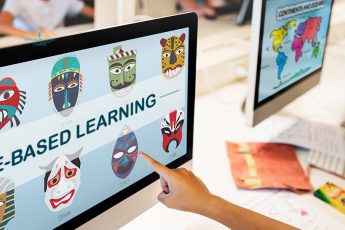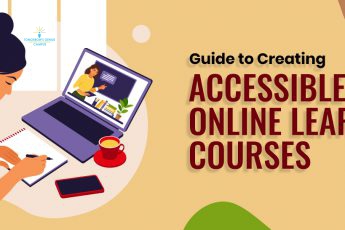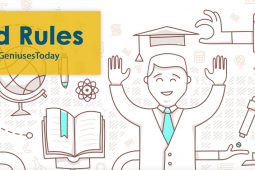Ways to Improve Working Memory to Enhance Retention
The importance of memory cannot be undermined, especially when it comes to learning. And, it is a well-known fact that the more memory is exercised, the more it improves. While most of us know about long-term, short-term, and even sensory memory, there is something called ‘working memory’, which is crucial to learning. The stronger this memory, the better a student’s performance. Read on to know the importance of working memory and how it can be enhanced to boost retention.
What is working memory?
 Now we know about other memories, but what do we know what is working memory? For the uninitiated, working memory is your ability to hold information and use it later. It is a cognitive function that has a limited capacity. It is often likened to a sticky note in your brain. It is that part of your memory that aids you in retaining the steps to solve problems. It is integral to decision-making, reasoning, and forming a plan of action. It translates into short-term, and at times, also into long-term memory. This aids in learning new information and completing tasks. In short, this type of memory is an individual’s capacity to learn and retain a good amount of information. Therefore, if educators work on increasing students’ working memory, they can learn and hold more information.
Now we know about other memories, but what do we know what is working memory? For the uninitiated, working memory is your ability to hold information and use it later. It is a cognitive function that has a limited capacity. It is often likened to a sticky note in your brain. It is that part of your memory that aids you in retaining the steps to solve problems. It is integral to decision-making, reasoning, and forming a plan of action. It translates into short-term, and at times, also into long-term memory. This aids in learning new information and completing tasks. In short, this type of memory is an individual’s capacity to learn and retain a good amount of information. Therefore, if educators work on increasing students’ working memory, they can learn and hold more information.
Now that we know what working memory is, let’s look at ways to enhance it.
Little bites of information
As we know, learning and memory go hand in hand. At times, a new topic or subject might be overwhelming for students with its sheer depth or magnitude. This is when it is prudent to break it down into chunks of information. These small chunks of information or knowledge are easily digestible. Besides, these little bites will help students contextualise and help retain every bite better.
Make use of checklists
 Making checklists and setting a routine helps in classroom management. Checklists simplify things and need explicit teaching. Besides, it often also involves visuals. Being consistent and incorporating a practice intentionally boosts working memory. For instance, putting up material in the classroom, submitting homework, performing daily classroom duties, etc., are great ways to increase working memory.
Making checklists and setting a routine helps in classroom management. Checklists simplify things and need explicit teaching. Besides, it often also involves visuals. Being consistent and incorporating a practice intentionally boosts working memory. For instance, putting up material in the classroom, submitting homework, performing daily classroom duties, etc., are great ways to increase working memory.
Use multisensory Lessons
While there are several ways to improve memory in general, the use of multisensory activities or lessons is quite useful. This involves using several modes of teaching. Thus, it includes writing on the blackboard while discussing new concepts with the use of sight and sound. This multisensory learning means information or knowledge moves from short-term to long-term memory. Hence, it greatly boosts positive learning and retention of skills.
Engage in role reversal
It is observed that when you try to do something yourself, you retain it better. In fact, learners remember almost 90% of what they teach. Thus, asking students to give a lecture on a topic they have learnt is a great way to boost working memory. Or, they can also engage in peer tutoring. This greatly enhances working memory as the information that must be taught has to be learnt first. Hence, there is a deeper understanding of the topic or subject.
Use visualisation techniques
According to studies, humans recall 80% of what they see, in comparison to 10% of what they hear and 20% of what they read. Hence, using imagery while teaching a new concept, greatly enhances memory. Students can also conjure up an image or draw something while learning. The image they conjure up works as a reminder that aids in activating working memory. Using visualisation means creating meaningful links between what students are required to do and what they are naturally thinking.
There are several methods to enhance and increase working memory that boosts retention in students. Besides, the above are also excellent stress relief tips for students that will help in improving their performance in exams. Increasing working memory goes a long way in retention and thus recall, eventually helping in learning.














